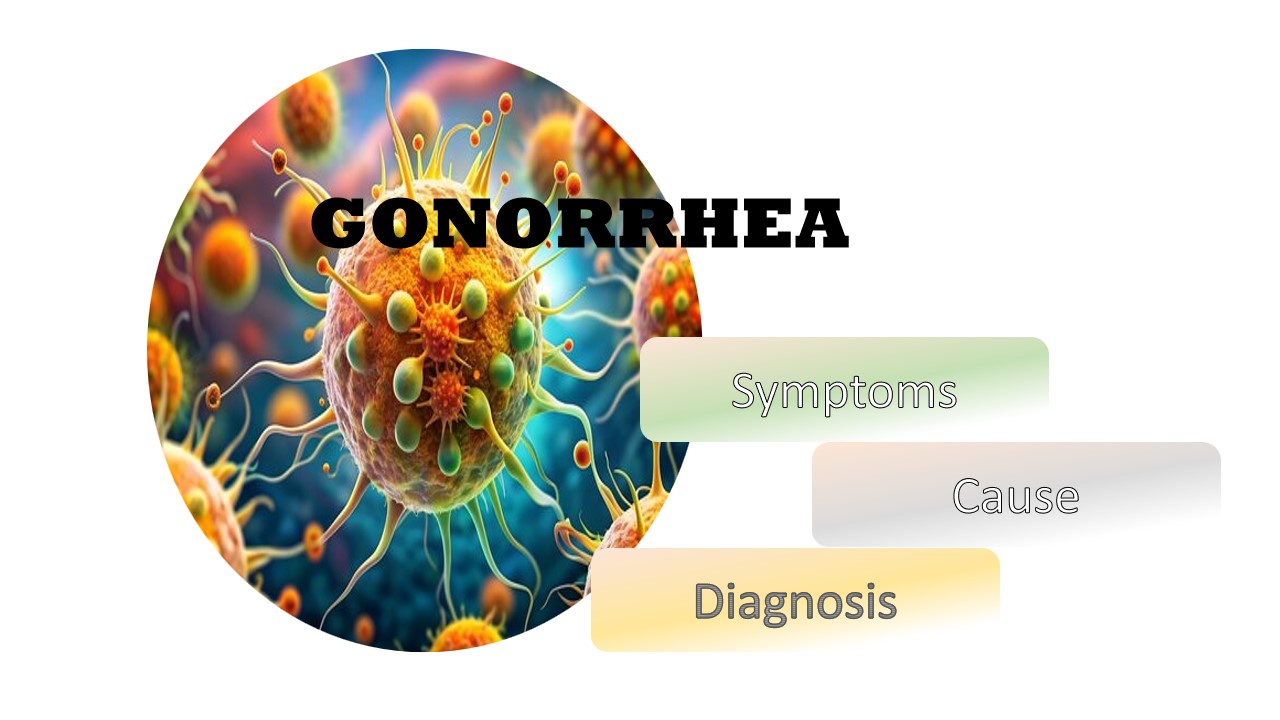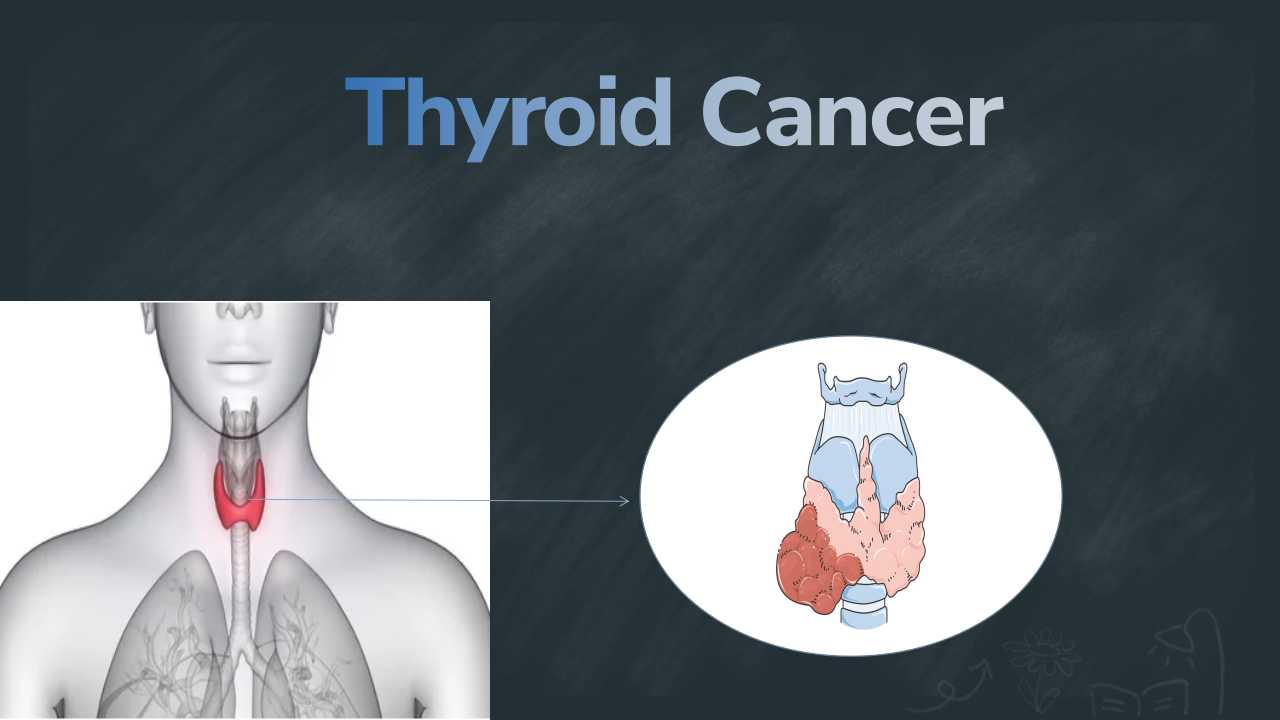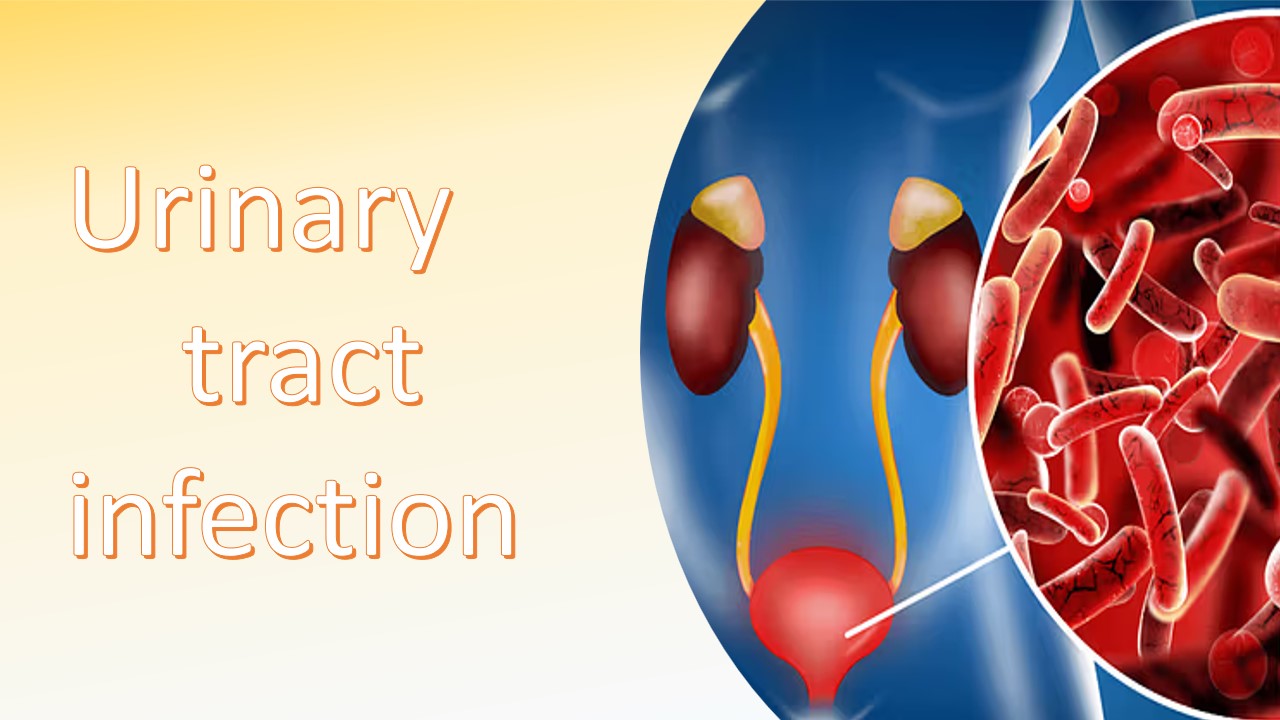
Gonorrhea
A common sexually transmitted infection (STI) known as gonorrhea is brought on by the bacteria Neisseria gonorrhoeae (N. gonorrhoeae). It's also known as "the drip" or "the clap". Neisseria gonorrhoeae are Gram-negative cocci, 0.6 to 1.0 μm in diameter. A sexually transmitted infection, commonly known as sexually transmitted disease(STD). Sexually transmitted infection is caused by bacteria, viruses and parasites. This type of infection is spread by contact with genitals or bodily fluids. The urethra, rectum, female reproductive tract, mouth, throat, or eyes can all become infected with gonorrhea bacteria. The most common ways that gonorrhea is transmitted are through anal, oral, or vaginal sex. However, the illness can spread to infants during childbirth. Gonorrhea typically damages the eyes in infants.
People infected with gonorrhea have more complications and problems such as Infertility in women: Pelvic inflammatory disease(PID) is the result of gonorrhea, spreading into the uterus and fallopian tubes . Infertility, increased the risk of pregnancy problems. Infertility in men: The epididymis, the coiled tube that lies behind and above the testicles and stores and transports sperm, may become inflamed as a result of gonorrhea. This inflammation is known as epididymitis. Some other health issues, such as increased risk of HIV/AIDS, complications in babies and infection that spreads to the joints and other areas of the body.
Symptoms
- watery, creamy, or greenish vaginal discharge
- pain or burning while urinating
- an urge to urinate more frequently
- heavier periods or spotting between periods
- sharp pain in your lower abdomen
- itching and soreness in your anus
- rectal bleeding or discharge
- painful bowel movements
Causes/ Risk factors
- gonorrhea bacterium (N. gonorrhoeae)
- Multiple sexual partners
- A history of other STIs
- Having a history of gonorrhea or another sexually transmitted disease
Diagnosis:
Cytology department
Cytopathological examination are performed to diagnose the gonorrhea bacterium. The urethral swab is used as a specimen. The specimen is obtained from the patient and sent to the laboratory. The pathologist examines the specimen and performs the further steps. Make a smear on the glass slide and smears are processed and stained by the modified Papanicolaou method. Then visualised the microscopy slide under the microscope.Microscopy examination can aid in the rapid identification and characterization of the microorganism.
N.gonorrhoeae under microscope (Gram negative diplococcoi)
References:
- https://microbeonline.com/neisseria-gonorrhoeae-properties-disease-pathogenesis-and-laboratory-diagnosis
- https://www.healthline.com/health/gonorrhea#treatment





0 comments